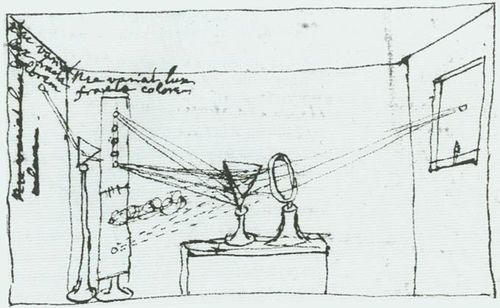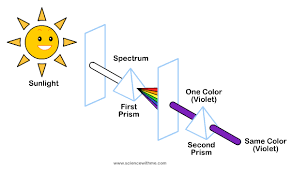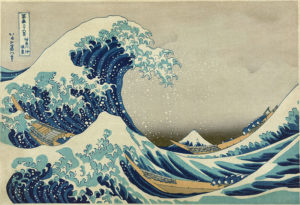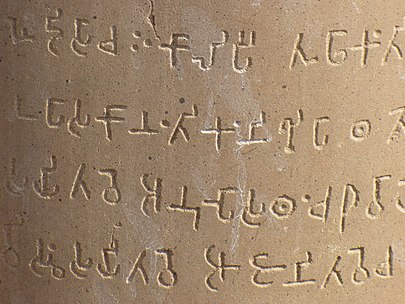As a way of putting enforced seclusion to good use, it’s hard to beat Newton’s optics.
 You all know the story in outline. In 1665 the bubonic plague that devastated London reached Cambridge, where Newton was a freshly minted B.A. (Cantab.) He fled to his uncle’s farm in Lincolnshire. This is now called Woolsthorpe Manor, though it’s more the farmhouse of a prosperous yeoman. He took with him a pair of prisms, with which he destroyed the prevailing theory of colour with a devastating experiment. We all know that Newton discovered, or rediscovered, the colour spectrum using a glass prism placed in a beam of light. But the real breakthrough came from the second prism.
You all know the story in outline. In 1665 the bubonic plague that devastated London reached Cambridge, where Newton was a freshly minted B.A. (Cantab.) He fled to his uncle’s farm in Lincolnshire. This is now called Woolsthorpe Manor, though it’s more the farmhouse of a prosperous yeoman. He took with him a pair of prisms, with which he destroyed the prevailing theory of colour with a devastating experiment. We all know that Newton discovered, or rediscovered, the colour spectrum using a glass prism placed in a beam of light. But the real breakthrough came from the second prism.
Brief flashback. This prevailing theory was a common-sense one. White sunlight passes through a stained-glass window. It becomes blue or red or yellow. It’s the medium, the stained glass, that gives the colour, right? As Shelley wrote, 150 years later:
Life, like a dome of many-colored glass,
Stains the white radiance of eternity.
Wrong.
The usual story is that Newton hid out in a barn. His own sketch of the experiment disproves this.

Barns don’t have small, square, high windows. Bedrooms do – like those on the first floor of the house. Glazed windows were gradually adopted in England in the course of the 17th century. As like as not, the bedrooms in the Newton farmhouse still only had stout wooden shutters to keep out the cold Lincolnshire winds: shutters with cracks in them.
The sketch clearly shows what Newton did. He placed prism 1 in a beam of sunlight passing through a crack or hole in the shutter, producing the familiar spectrum. Where did these colours spring from? Perhaps it was the medium again, the prism glass, as Descartes had proposed. Newton constructed a screen with a ladder of more holes to allow him to isolate the different colours. He placed prism 2 in the red, blue, .. light – and it stayed put. Schematically:

It doesn’t make sense that prism 1 would create colours and identical prism 2 do nothing to them. (To be quite sure you would need to replicate with prisms made from different sources of glass, but that was quickly done.) So the colours were in the light to begin with.
The illusion is white light, really a bundle of different colours. More disturbingly to our intuition, a perceived colour is a negative property. The stained glass absorbs all the other colours than the blue we see. Leaves are green because that wavelength is not absorbed by chlorophyll, which is tuned to blue and red.
It took Newton five years to write this all up into a full theory of optics. It was his 1672 paper on this that made him deservedly famous. Gravity came later (1687), though he started on that in the farmhouse too.
Go on. Crack string theory.




 The milieu is the Cochrane collaboration. Inspired by and named after the epidemiologist
The milieu is the Cochrane collaboration. Inspired by and named after the epidemiologist 
